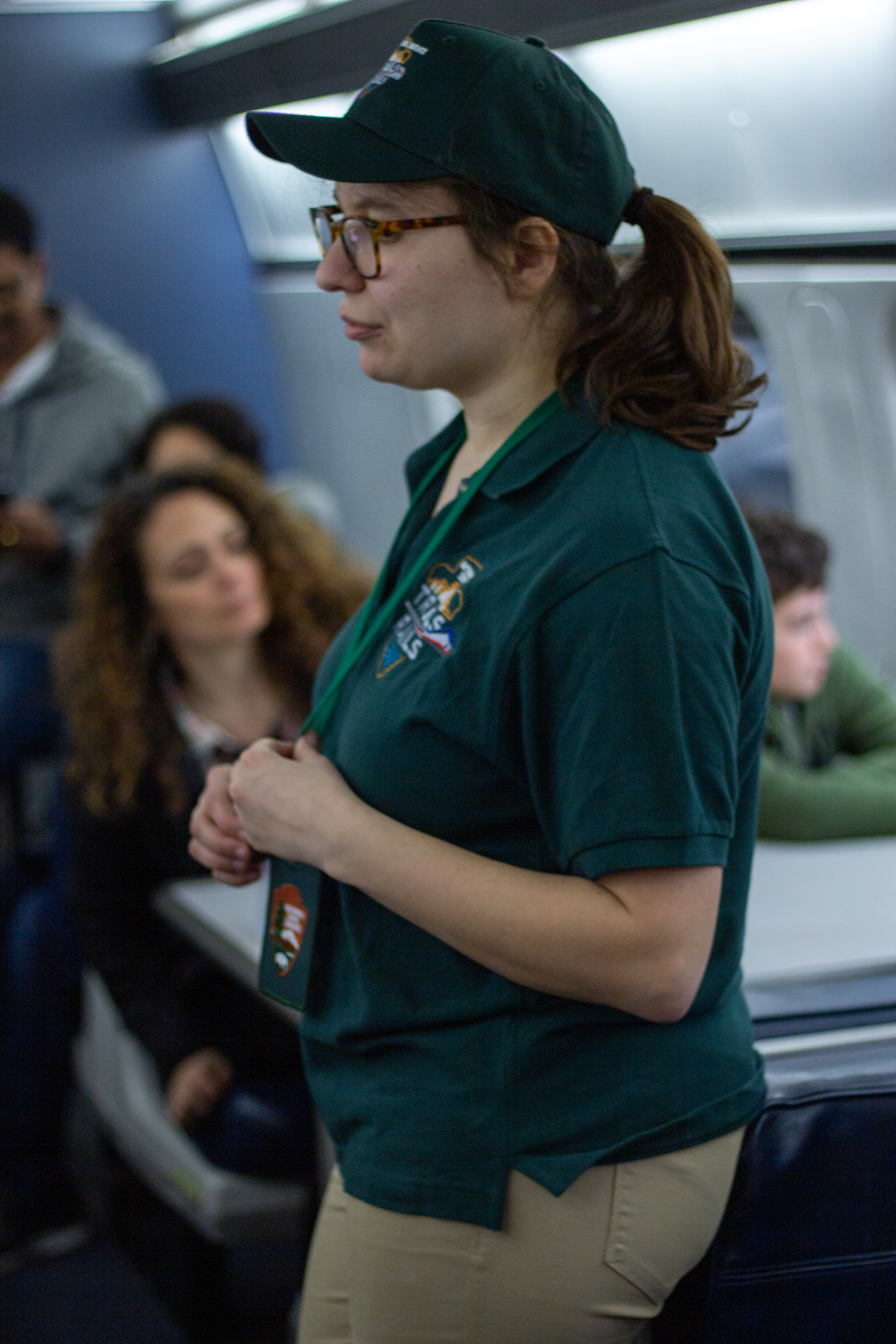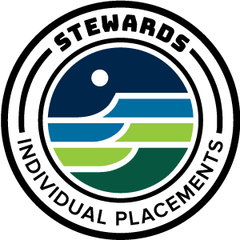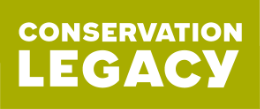For What It's Worth
Community Volunteer AmbassadorsFor someone born in the late 1990's, I seem to have a baby boomer like appreciation for older music. I sometimes wonder if it is the reminders of the long days in the field on Student Conservation Association (SCA) Crews or the long nights of listening to vinyl records with my parents and sister as a kid. While the SCA Crews have long since passed, the nights are still a fixture in my life. As long as there is music, the song “For What It’s Worth” by Buffalo Springfield is listened to and sung along with. Perhaps one of the classics in the Neil Young cannon, this song defined a generation’s resistance to the conflict in Vietnam in the late 1960's and 1970's. The song’s message is still relevant, and perhaps the title means more to me now that I have served as a Community Volunteer Ambassador at the National Parks of New York Harbor for over four months now.
Glancing at the the lyrics[1], one can see Young is an observer. He sees both political and social change all around him and uses his song as a means of recognizing that he is living in a moment of unrest. Even though it is now 2019, Young’s words speak truth to power, in that 1 in 5 young people[2] live with diagnosed learning differences and attention issues according to a new study by the National Center for Learning Disabilities (NCLD). Of this statistic, I am one and want to see change in the way we address the stigma of coping with such challenges. Having a learning difference is not a life sentence and I would like to think that I am beyond the stigma. In my work as a CVA, I have learned to navigate the ropes of advocacy from a new perspective. From this perspective, it is my hope that the experience leads to positive change for the way learning disabilities are looked at across the workforce and not just at the National Park Service. So much of what I know now has come from a personal need to grow both professionally and personally. Accommodations extend beyond the classroom and in this position, they come in the form of assets. For one thing, without assistive technology such as Read&Write Gold this blog post would look like a plate of scrambled eggs[3] -- a real disorganized mess! The other real asset here is the help of my colleagues at NPNH, who are there if I ever need career advice or just a tap on my desk to keep my focus. Like my term as CVA, we are all learning from each other.
Recently, during our daylong Trails and Rails training class I challenged myself to find focus. The day’s agenda was filled with a mixture of PowerPoints, quizzes, and icebreakers. I was quick to think before the class that I would zone out, but ultimately found a solution ahead of time. Instead of zoning out, I offered to demonstrate part of a presentation with my colleague and fellow volunteer at the Roosevelt-Vanderbilt sites. As someone who learns best from applying real-life experiences, I was able to use this skill to showcase an application we use on the train to supplement our guiding. I kept my focus throughout the presentation making sure to take time to answer questions from participants and taking breaks to slow down when needed. As I presented, my fears turned to a hard-edged kind of focus. I was not the plate of scrambled eggs, and had recognized that I was using my own strengths to serve the Trails and Rails program.
The number is just a statistic, but for what it’s worth, it is also a reality. A preacher like Young would not object to seeing this number and wanting to take action. Perhaps my love of this song stems from the idea that seeing change is good and we need to embrace it to find better solutions to life’s challenges.
[1] https://genius.com/Buffalo-springfield-for-what-its-worth-lyrics
[2] https://www.ncld.org/the-state-of-learning-disabilities-understanding-the-1-in-5
[3] Not to yuck anyone’s yum here

Written by Julia Kaback, CVA at National Parks of New York Harbor




